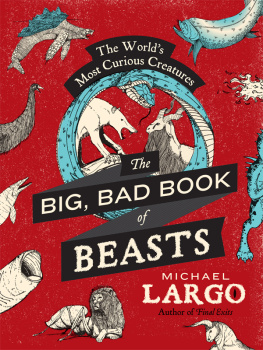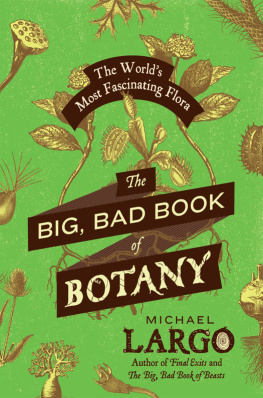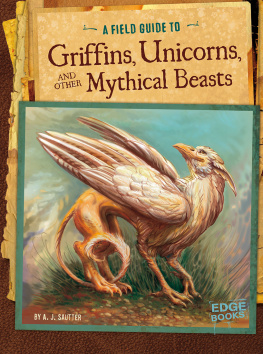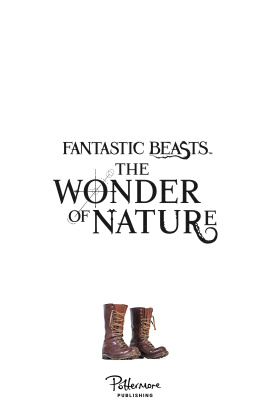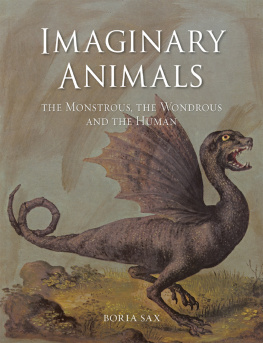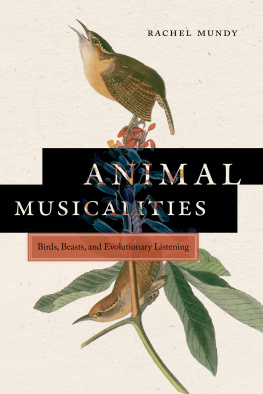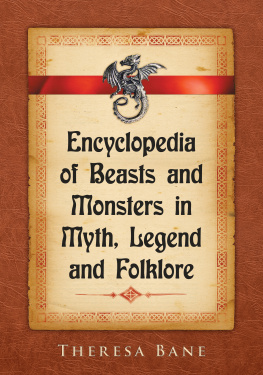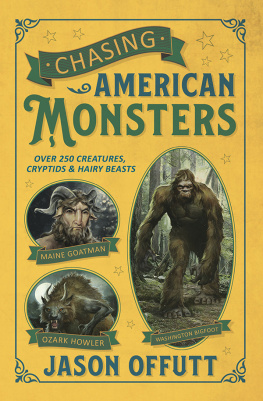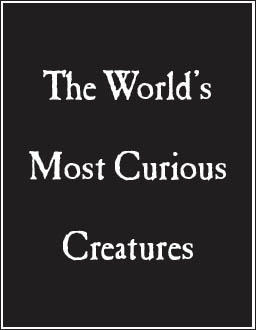Michael Largo - The Big, Bad Book of Beasts: The Worlds Most Curious Creatures
Here you can read online Michael Largo - The Big, Bad Book of Beasts: The Worlds Most Curious Creatures full text of the book (entire story) in english for free. Download pdf and epub, get meaning, cover and reviews about this ebook. year: 2013, publisher: William Morrow Paperbacks, genre: Detective and thriller. Description of the work, (preface) as well as reviews are available. Best literature library LitArk.com created for fans of good reading and offers a wide selection of genres:
Romance novel
Science fiction
Adventure
Detective
Science
History
Home and family
Prose
Art
Politics
Computer
Non-fiction
Religion
Business
Children
Humor
Choose a favorite category and find really read worthwhile books. Enjoy immersion in the world of imagination, feel the emotions of the characters or learn something new for yourself, make an fascinating discovery.
- Book:The Big, Bad Book of Beasts: The Worlds Most Curious Creatures
- Author:
- Publisher:William Morrow Paperbacks
- Genre:
- Year:2013
- Rating:3 / 5
- Favourites:Add to favourites
- Your mark:
The Big, Bad Book of Beasts: The Worlds Most Curious Creatures: summary, description and annotation
We offer to read an annotation, description, summary or preface (depends on what the author of the book "The Big, Bad Book of Beasts: The Worlds Most Curious Creatures" wrote himself). If you haven't found the necessary information about the book — write in the comments, we will try to find it.
The worlds wildest collection of animal knowledge and lore!
Lions, and tigers, and bears . . . and dinosaurs, dragons, and monsters. Oh my!
For hundreds of years, the most popular books in the Western world next to the Bible were bestiaries, fanciful encyclopedias collecting all of human knowledge and mythology about the animal kingdom. In these pages, eagles and elephants lived next to griffins and sea monsters. Now, in The Big, Bad Book of Beasts, award-winning author Michael Largo has updated the medieval bestsellers for the twenty-first century, illuminating little-known facts, astonishing secrets, and bizarre superstitions about the beasts that inhabit our worldand haunt our imaginations. Youll learn about the biggest bug ever, the smallest animal in the world, and the real creatures that inspired the fabled unicorns. Youll discover how birds learned to fly, why cats rub against your legs, and a thousand other facts that will make you look at nature in a wonderfully new way.
Did you know?
The fastest animal in the world is the peregrine falcon, which reaches speeds of over 200 miles per hours.
Circus ringmaster P.T. Barnum fooled many when he displayed a mermaid carcass that was later proved to be monkey bones sewed together with the body of a fish.
Discovered in a remote volcanic crater in New Guinea, the Bosavi wolly rat grows to the size of a cat.
President Andrew Jackson bought an African gray parrot to keep his wife company. The bird outlived them both and was removed from Jacksons funeral for cussing in both English and Spanish.
A to Z: From Aardvark to Zooplankton!
For all ages!
Includes 289 illustrations!
Michael Largo: author's other books
Who wrote The Big, Bad Book of Beasts: The Worlds Most Curious Creatures? Find out the surname, the name of the author of the book and a list of all author's works by series.

